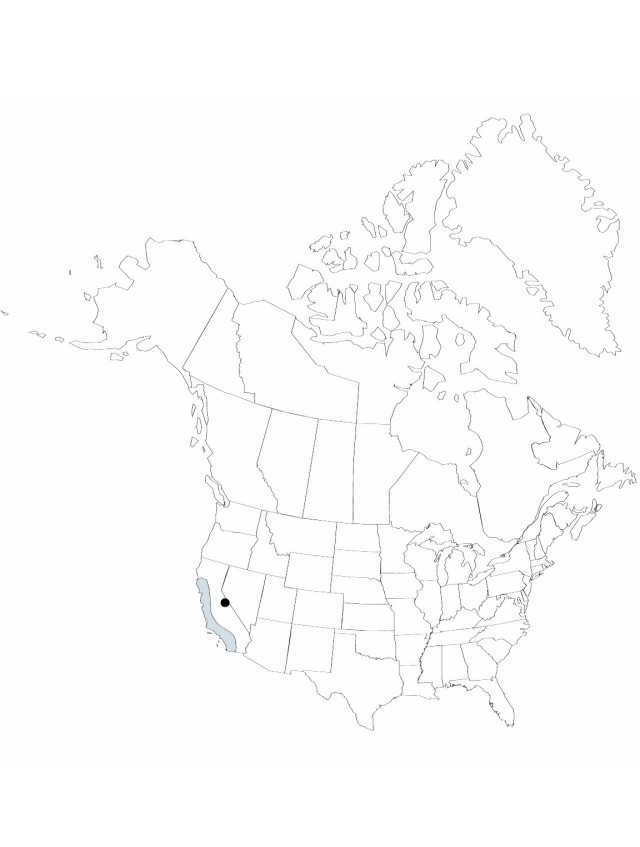Juncus dubius
2:459. 1868.
Herbs, perennial, rhizomatous, 3–7.5 dm. Rhizomes 2–3 mm diam., not swollen. Culms erect, terete, 2–4 mm diam., smooth or rugulose. Cataphylls 1–2, pink to straw-colored, apex acute. Leaves: basal 1–2, cauline 1–2; auricles 1–4.9 mm,, apex rounded, membranaceous; blade green to straw-colored, terete, 20–30 cm × 1.5–4 mm, rugulose or smooth. Inflorescences terminal panicles of 25–66 heads, 7–13 cm, branches spreading; primary bract erect; heads 6–10-flowered, hemispheric to obovoid, 5–10 mm diam. Flowers: tepals straw-colored to brown, lanceolate, apex acuminate; outer tepals (2–) 2.5–3.4 mm; inner tepals (2–) 2.6–3.6 mm; stamens 6, anthers 1.5–2 times filament length. Capsules exserted, chestnut-brown, 1-locular, subuloidsubulate, (2.4–) 3–3.9 mm, apex tapering to subulate tip, valves separating at dehiscence. Seeds obovoid, 0.3–0.4 mm, not tailed. 2n = 40.
Phenology: Fruiting early summer–late fall.
Habitat: Montane meadows, riverbeds, canyons, aroyos
Elevation: 100–1600 m
Distribution

Calif.
Discussion
Juncus dubius has rugulose stems and leaves throughout most of its range, but on the periphery (in Mariposa, San Diego, and Sonoma counties, California) the plants are smooth.
Selected References
None.
Lower Taxa
"-2timesfilamentlength" is not declared as a valid unit of measurement for this property.